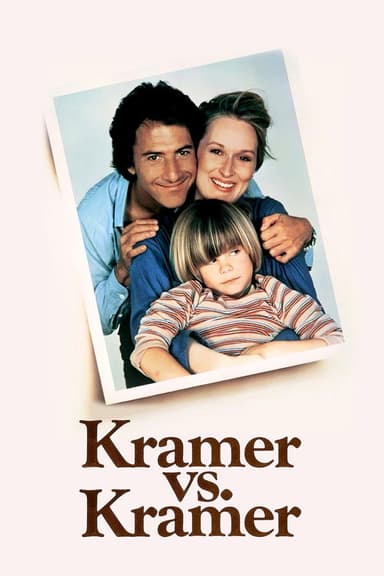
Death on the Nile
1978 • Mystery • PG
As Hercule Poirot enjoys a luxurious cruise down the Nile, a newlywed heiress is found murdered on board and every elegant passenger becomes a prime suspect.
Runtime: 2h 20m
Why you should read the novel
Reading the original 'Death on the Nile' by Agatha Christie immerses you in her unparalleled mastery of the detective genre. The book offers rich psychological insight into characters and develops suspense through Christie's cleverly constructed plot twists. You experience the story at a slower, more deliberate pace, enabling you to explore each layer of motive and deception in greater depth than a film can provide.
The novel allows you to engage with Hercule Poirot’s meticulous reasoning straight from his point of view—following clues, analyzing suspects, and unraveling alibis right alongside him. Every red herring and cunning misdirection comes alive in Christie's elegant prose, letting readers test their wits against the famed detective.
Moreover, Christie's description of the Nile cruise and the social atmosphere of 1930s Egypt gives a vivid historical context that transports you directly to the heart of the mystery. The immersive atmosphere, subtle foreshadowing, and authentic voice of the era all enrich the experience, making the book a must-read for lovers of timeless mysteries.
Adaptation differences
One major difference between the 1978 film and the novel is the way the story's timeline is compressed. The movie often condenses scenes and events for dramatic effect or pacing, whereas the book unfolds at a leisurely pace, allowing more time for character development and investigative detail. As a result, some of the underlying tensions and nuances between characters are more richly explored in the book.
Character portrayals and relationships also shift in the adaptation. A few supporting characters have altered backgrounds or personalities in the film version. For example, certain suspects are given less screen time or their motives are simplified, making them less complex than in Christie's original narrative. The film sometimes emphasizes glamour and spectacle over the psychological intricacy that Christie wove into her cast.
Additionally, the movie omits or streamlines several scenes from the novel. Some subplots and red herrings are trimmed or cut altogether, which can make the mystery feel more straightforward. This gives the film a faster rhythm, but at the expense of the book’s elaborate network of clues and false leads that keep readers guessing.
Finally, certain subtle clues and Poirot’s thought processes are presented visually rather than through his internal monologue, as in the book. This can make the deductive leaps seem more abrupt or less satisfying than in Christie’s detailed prose, where the reader is privy to Poirot’s ruminations and the intricate logic behind the case’s solution.
Death on the Nile inspired from
Death on the Nile
by Agatha Christie










